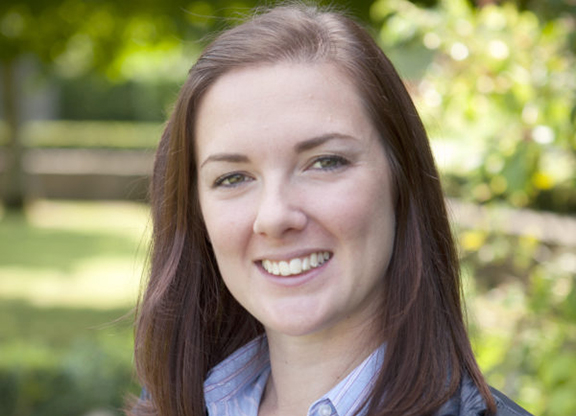By Amie Karlsson
My parents are not into horse racing, but it so happens that they have some old horseracing books, which I indulged myself in as soon as I learned to read. Belmont Park was the first racetrack I learned the name of. Twenty years after I first got to know the likes of Secretariat, Affirmed and Man O'War through the books, I finally got to the track which has been the scene of so many significant moments in horse racing history.
For me, just being at Belmont Park and the Belmont Stakes day for the first time was a buzz in itself. Add friends, sunshine, 10 stakes races and some of the finest Thoroughbreds in America, and things couldn't get much better.
Songbird making her comeback in GI Ogden Phipps S. was one of the absolute highlights of the day, but I can't decide what I enjoyed the most, because there is so much to choose from. I cheered on fellow Scandinavian Michael Lund Petersen's Mor Spirit in the Met Mile, saw Abel Tasman put in another top performance in the Acorn, and watched Tapwrit, whose usual exercise rider is a friend of mine, win the Belmont S. Days like these are the reason why I love horse racing.
Still, it wasn't with my usual upbeat mood that I left the track. I had just witnessed some of the best racing I will see in a long time. However, I had a feeling that those of the nearly 58,000 people in the audience who, unlike myself, don't spend most of their days thinking about horses and racing, will fail to appreciate the greatness of what they had just seen.
For decades, the viewing and attendance figures have been declining, both in America and in Europe. And the only one with the power to change that, is the racing industry itself.
After having spent five months on this side of the Atlantic, I have learned to interpret the race card, but it took me a while. Most first-time race goers will most certainly not have done so. Mike Smith won five stakes races, Bob Baffert four. These are incredible performances by two of horse racing's best-known people. It is racing history being made. But how many of those who paid $6 for an official racing program, are able to read the card and figure out who trains and who rides a specific horse?
Songbird has everything necessary to become a national hero. Unless they are Triple Crown winners, racehorses don't seem to make headlines anymore, but there are other ways we can inform the public about our superstars. In the aforementioned racecard, however, the two-time champion gets a brief mentioning. Will first-time or occasional racegoers realize that this is one of the best fillies we have seen in a long time?
I watched the first half of the 13-race card from as close to the track as I could, joining thousands of others who also wanted to get as close to the horses as possible or maybe just didn't want to pay for the grandstand seating. From this spot, you cannot hear a word of what the track announcers say, but even when I emigrated up the grandstand later in the day, the lack of information about the horses, riders, jockeys, was obvious. Where were the interviews with the connections, where were the stories about the participants? It doesn't matter to me, or to you who are reading this now, because we know about them before we get to the track we go home after the races and read the interviews and race reviews. But how do we communicate the wonderful stories about people and horses, to those who don't start and end their days by reading the racing news?
I have a lot more to say, but I will stop there. Don't take me wrong–I am sure that each one of those 57,700 people that attended the races had a great day, and that most of them will be back next year. Human and equine superstars, action, sunshine, a great atmosphere, even a picturesque paddock–the Belmont Stakes day provides everything you need for a memorable day at the races. Horse racing cannot survive on its glorious past or expect Triple Crown to fly its flag. It shouldn't matter if the Preakness turns the Triple Crown into a “wait until next year,” because the Belmont S. and its undercard is an incredible day of racing in its own right.
What we must do now, is to get those who don't live and breathe horse racing, to realize and appreciate that. We need to get them to enjoy being a part of our wonderful sport, and to come back for more.
Amie Karlsson (pictured) is a trainee on the 2016-2018 Godolphin Flying Start, a management and leadership training program that specialises in the international Thoroughbred racing and breeding industry. Before commencing Flying Start, she worked as a freelance racing journalist in her native Sweden and as an exercise rider in England and France. She also completed the British Horseracing Authority Graduate Development Programme and the National Stud Diploma Course. Amie is passionate about the Scandinavian racing industry and tweets as @scandiracing
Not a subscriber? Click here to sign up for the daily PDF or alerts.






